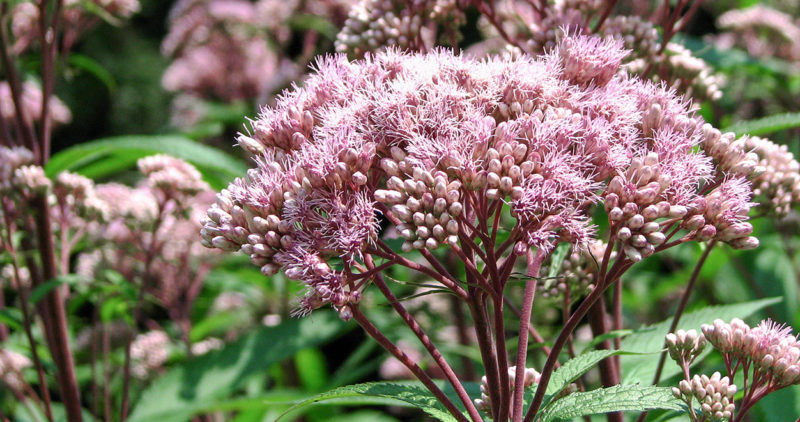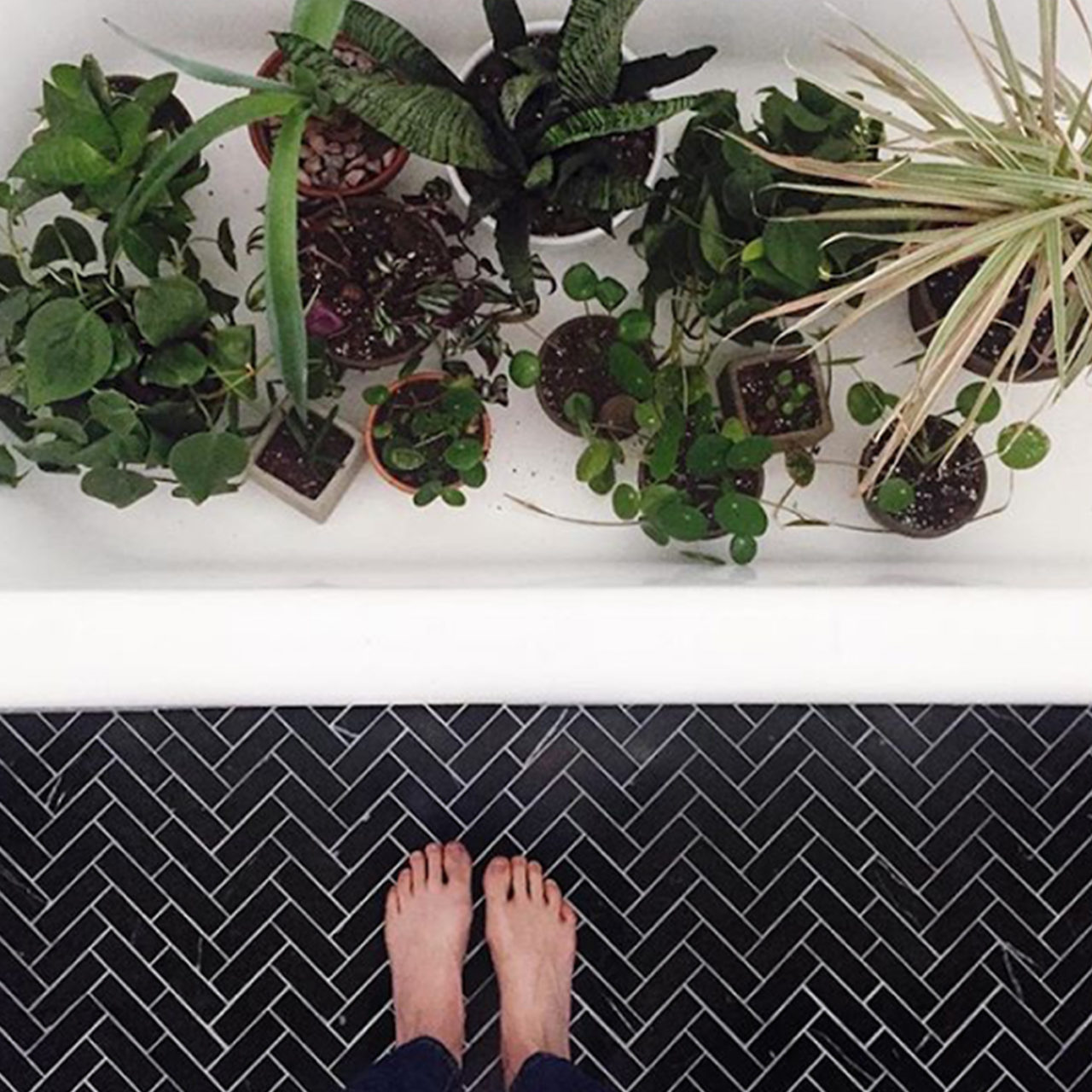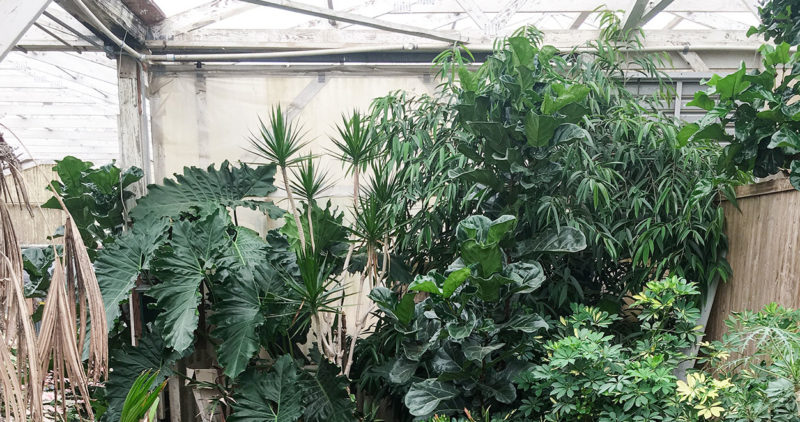
While we typically call them “houseplants,” most tropical plants enjoy their summers outdoors where they can experience natural light levels, day/night temperature fluctuations, and higher humidity. We appreciate the leafy aesthetic they bring to our patios too. Unfortunately, though, the day will come when fall temperatures drop below tolerance levels for tropical plants and we all must face the inevitable – it’s time for them to come inside. Ideally, the big move involves more preparation than checking the weather forecast one night, then rushing out in our pajamas to bring everything in (bugs and all) before temperatures drop. (We’ve all been there, right?) To avoid that scenario, you can start the preparation process now, while the nights are still pleasant. Then, when temperatures begin dipping below forty-five degrees, you’ll be ready.


The first step is to give the plants a thorough inspection. All kinds of bugs – from aphids to thrips to whiteflies – may have found a home in your plants over the summer. Eviction notices can start going out a couple weeks before you plan to bring the plants inside. Check the plants over carefully for insects, eggs, or larvae on the leaves (both sides), the stems, and in the soil. Many insects can be physically knocked off the plant with a stiff stream of water, making sure to get the undersides of the leaves and around the outside of the pot itself. After the plant has dried, follow up with a spray of insecticidal soap or horticultural oil to take care of any stragglers. To kill soil-borne insects, eggs, and larvae, you can apply a granular systemic insecticide to the soil. Systemic insecticides have a strong chemical smell, so it’s best to apply them now, while the plants are still outside. The plants will also take systemic insecticides up into their tissues, protecting them from biting pests for up to eight weeks. As an alternative to chemical soil treatments, Plant Care Team Member Terri Loewens recommends soaking the entire pot in a large bucket of water that’s mixed with a mild soap, horticulture oil, or insecticidal soap. This will also drive out or kill anything that’s living in the soil.
At the same time you’re getting your plants ready, you can prepare your home to welcome them. To a plant, the change from the outdoors (where there’s plenty of light and humidity) to the indoors (where there isn’t much of either) can be a shock and might even damage the plant. To make the transition a bit more gradual, start bringing your plants inside to visit for a few hours a day after they’re clean. This will help them acclimate to conditions indoors. As you’re looking for indoor spots to put the plants, think about the kind of light each plant prefers when it’s outside and try to recreate that situation as closely as possible. Plants that love direct sun outside like to be near a south- or west-facing window where they see a lot of bright light. Shade-loving plants will be fine in lower-light like what you find near a north-facing window. For all plants, avoid places that experience sudden temperature extremes like near a furnace vent, fireplace, or chilly doorway. And don’t forget trays to protect your floors and tables from water damage.
Of course, getting your plants inside is one thing. Keeping them happy all winter is another. For more information on caring for your tropical plants during their stay inside, our Plant Care team has a great brochure, the Houseplant Winter Survival Guide. In it, you’ll find more tips on specific plants, watering, fertilizing, and pest management to use while your tropical plants bide their time indoors, waiting for those glorious summer days to return.
A shout-out to our friends @weevintage (left) and @k_bentley (right) for the beautiful photos.


